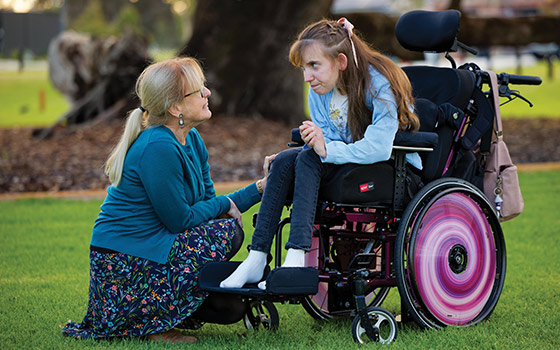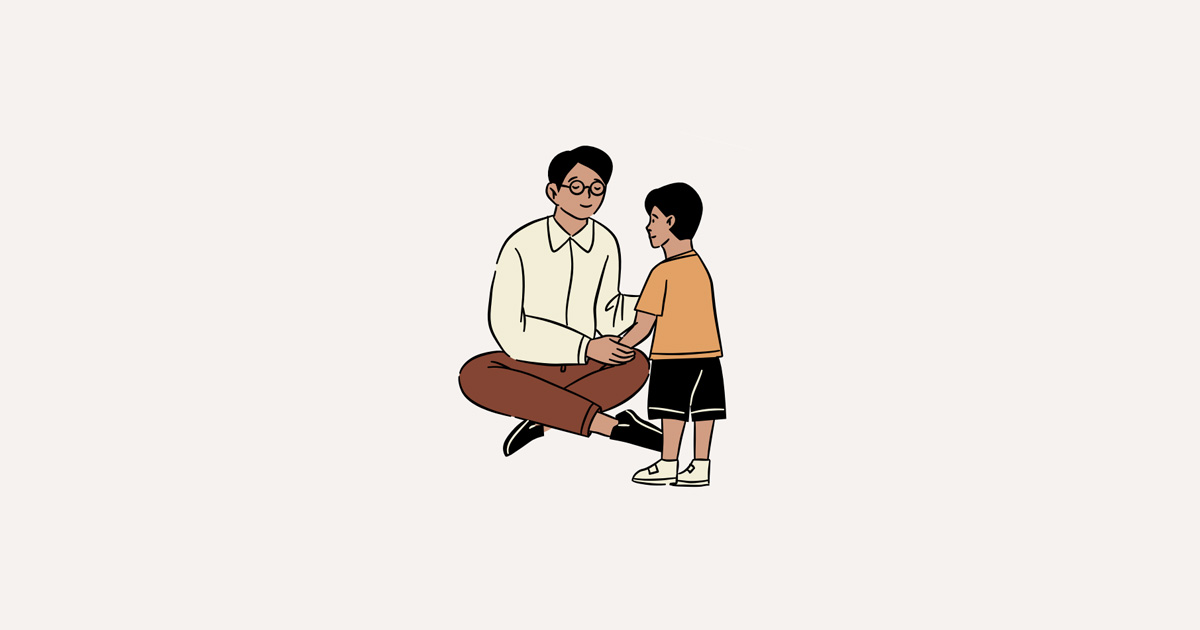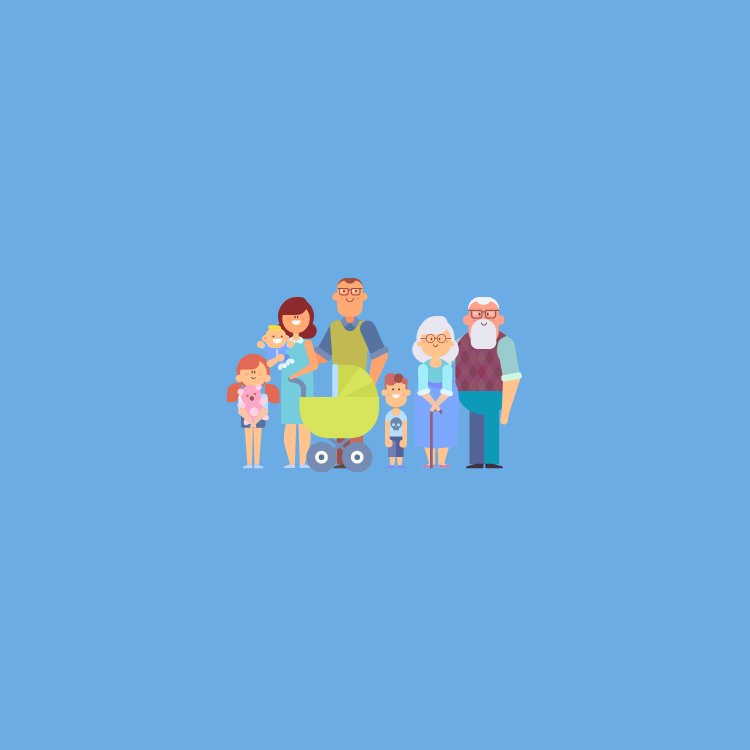Search

The Quality of Life Inventory - Disability

The Early Neurodevelopment and Mental Health team is focused on preventing childhood mental illness and optimising children’s development and wellbeing in the first years of their life. We are interested in understanding and identifying the factors that contribute to difficulties in mental health and development, as well as developing cost-effective prevention and early intervention approaches for addressing developmental needs and promoting resilience.

News & Events
Talking to your kids about racismChildren are able to notice race-based discrimination from an early age, therefore not discussing this early on could reinforce the misconception that any racial inequalities that exist are normal.

Years May January October April View the infographics that we have published in 2023 including building a secure attachment with your child, back to

View the infographics that we have published in 2022, including shyness in young children, early diagnosis of mental health disorders in children, nightmares & night terrors, and more.
Research
Wellbeing and academic achievement paperIn this report, we explore the relationship between student wellbeing, school engagement, and academic achievement.
Research
Child development at school entry and student wellbeing six years laterIt has been well established that children's development at school entry is associated with their later academic achievement, but less is known about whether there is also an association with other measures of school success, such as students' social and emotional wellbeing.

Gender dysphoria is experienced differently by everyone. Here are some ideas that could help trans and gender diverse young people cope with dysphoria.

Discover what drives us as an organisation. Learn about history and the impact of the Institute along with the amazing ambitious goals we've achieved so far in the field of children's research.
Working Together: The Kids Research Institute Australia Commitment to Aboriginal Children and Families
